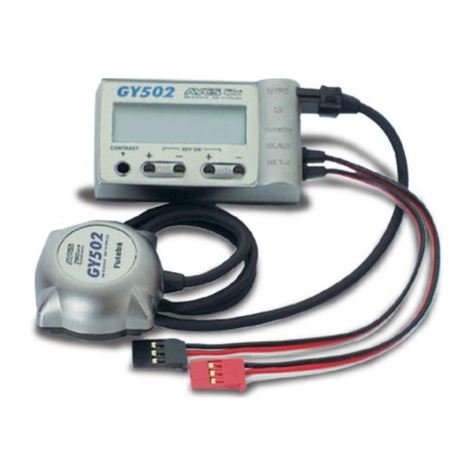FUTABA GV-1 User manual
Other FUTABA Toy manuals

FUTABA
FUTABA CGY750 User manual
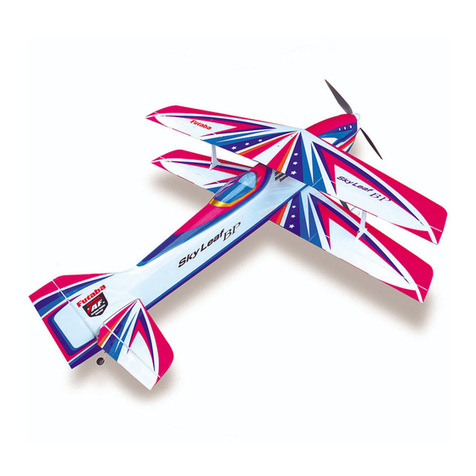
FUTABA
FUTABA SkyLeaf BP User manual
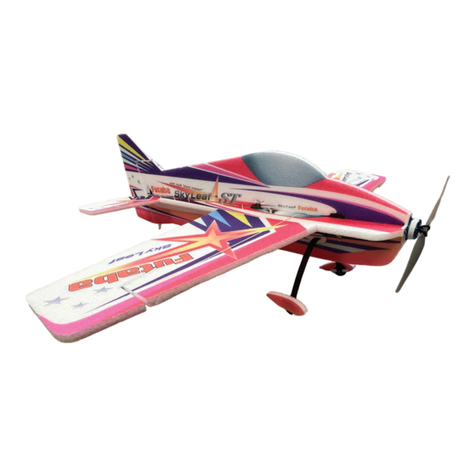
FUTABA
FUTABA SkyLeaf-ST User manual
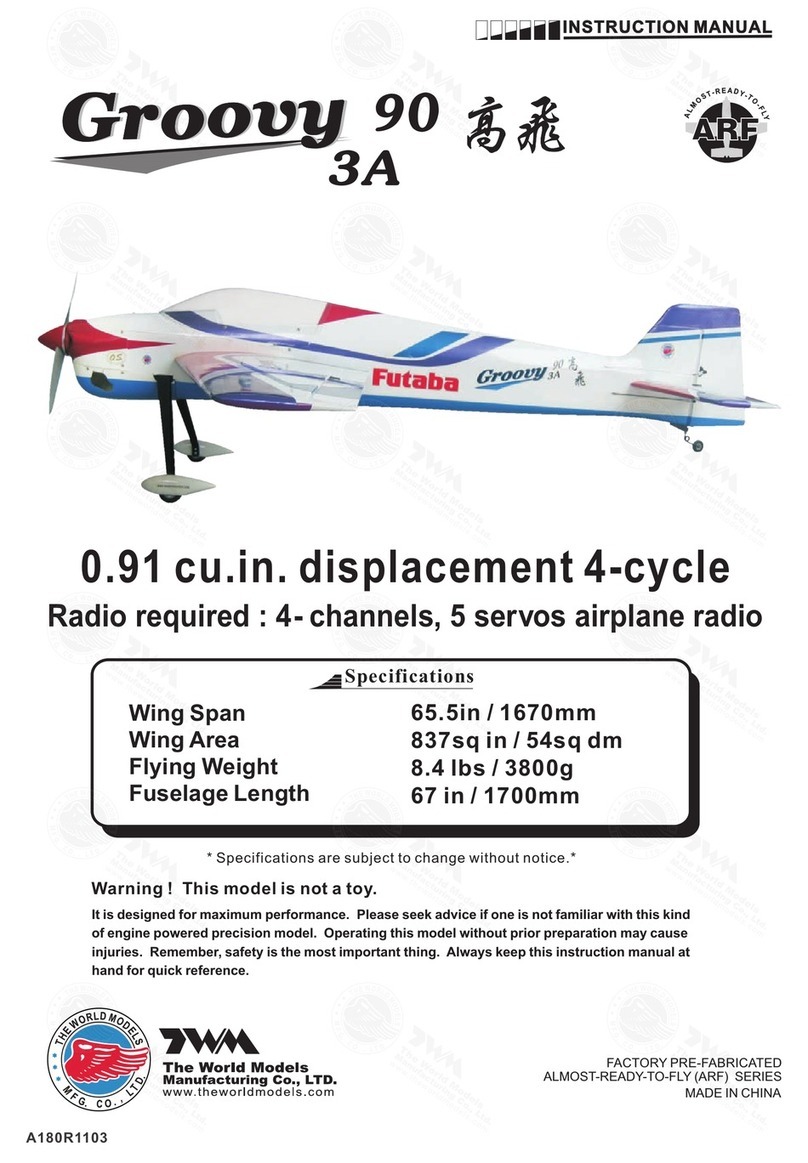
FUTABA
FUTABA Groovy 90 3A User manual
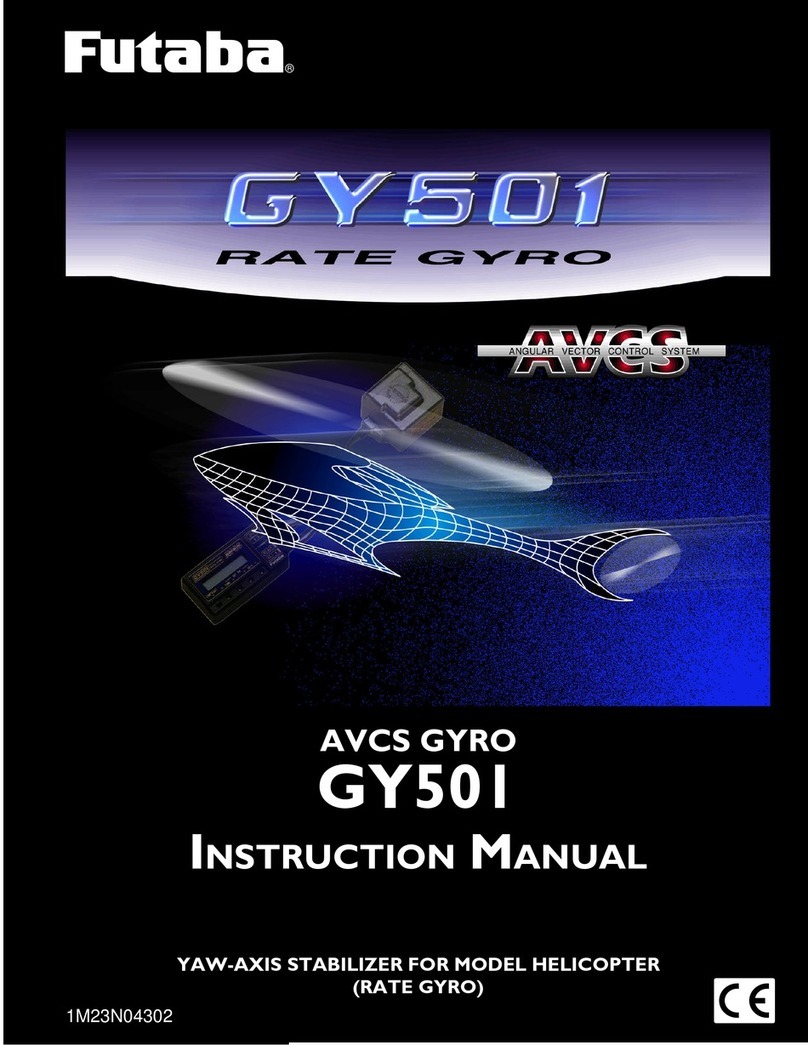
FUTABA
FUTABA GY501 User manual

FUTABA
FUTABA GY520 User manual
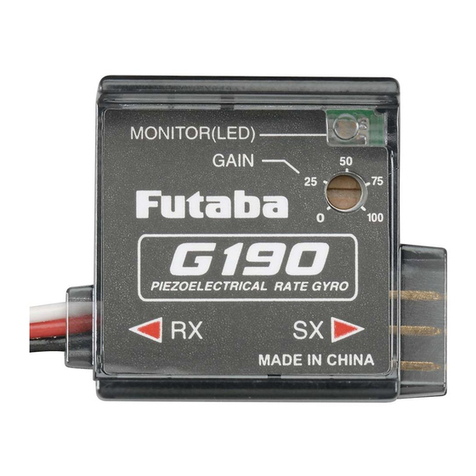
FUTABA
FUTABA G190 User manual

FUTABA
FUTABA HV BLS274SV User manual
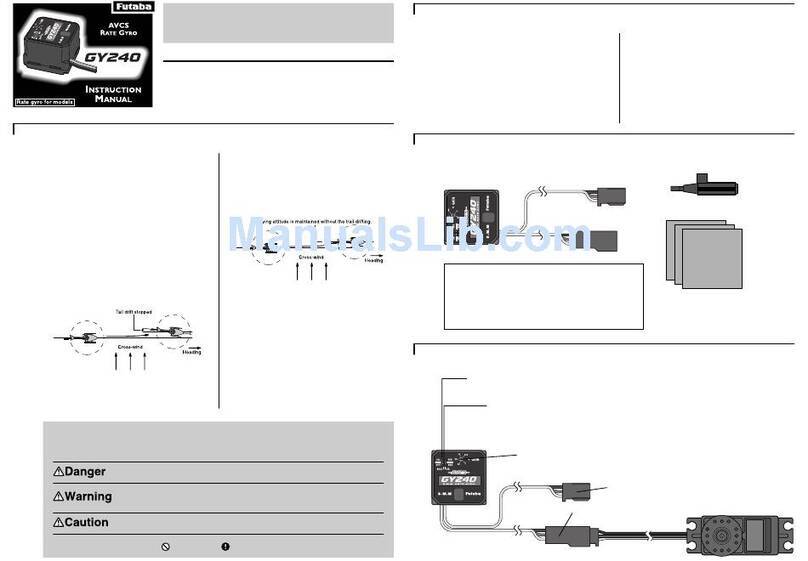
FUTABA
FUTABA GY240 User manual

FUTABA
FUTABA T16IZ Manual
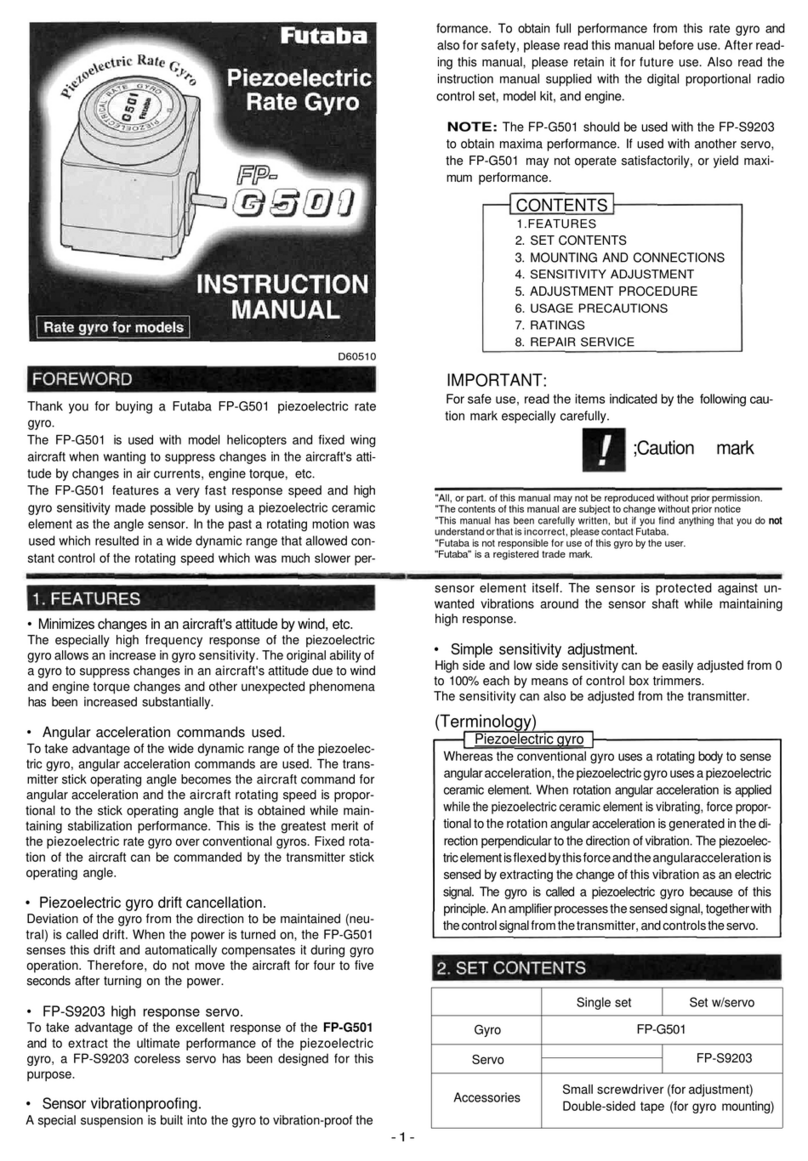
FUTABA
FUTABA G501 User manual
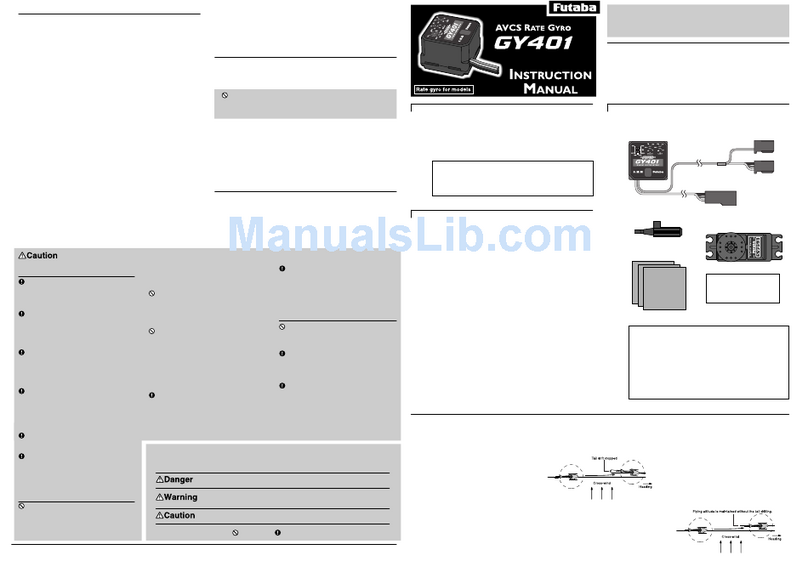
FUTABA
FUTABA GY401 User manual

FUTABA
FUTABA GY470 User manual
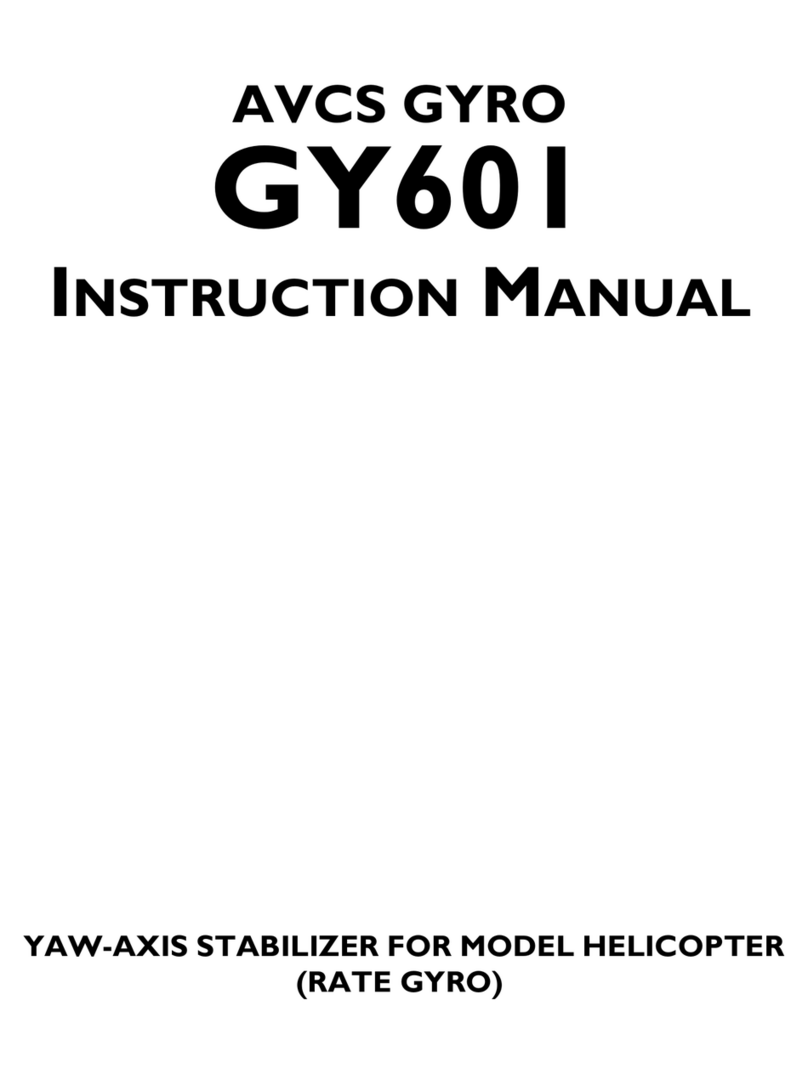
FUTABA
FUTABA GY601 User manual

FUTABA
FUTABA SkyLeaf-ST User manual
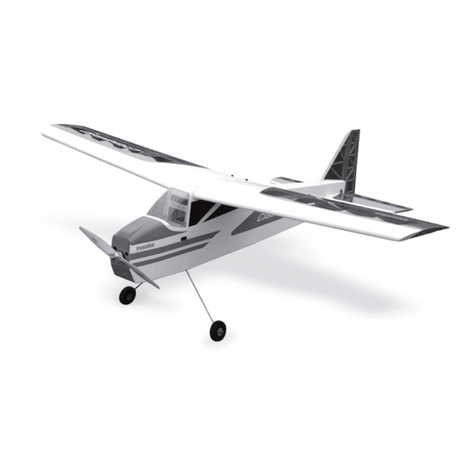
FUTABA
FUTABA SkyLeaf Classic User manual
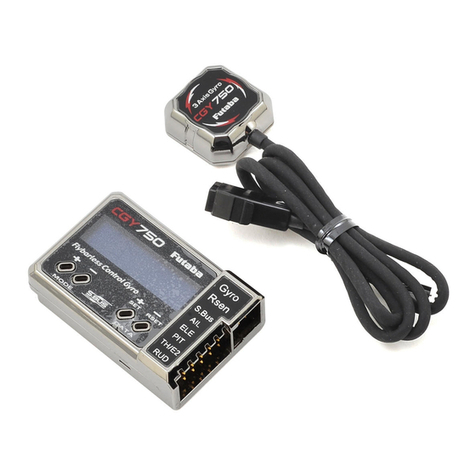
FUTABA
FUTABA CGY750 User manual
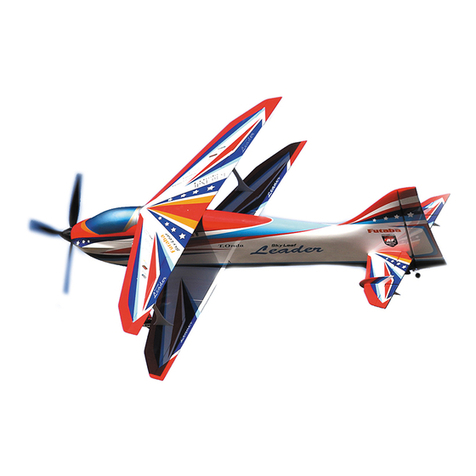
FUTABA
FUTABA SkyLeaf Leader User manual
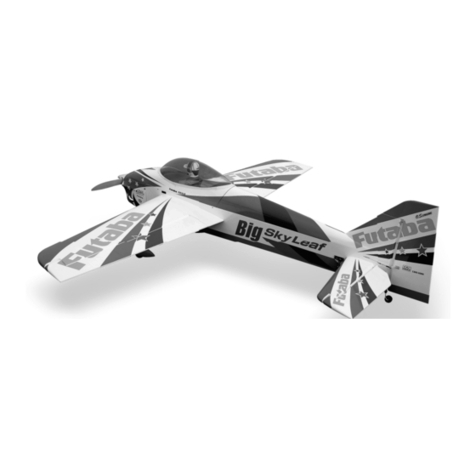
FUTABA
FUTABA Big SkyLeaf User manual
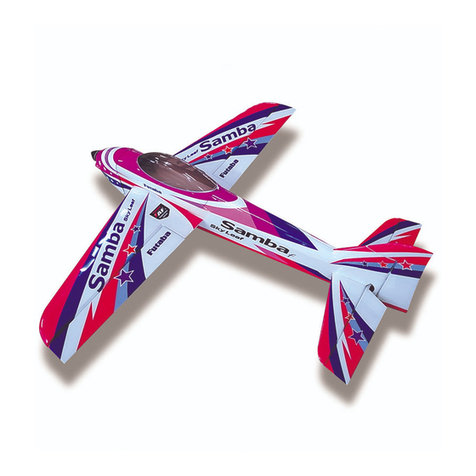
FUTABA
FUTABA Sky Leaf Samba f User manual
